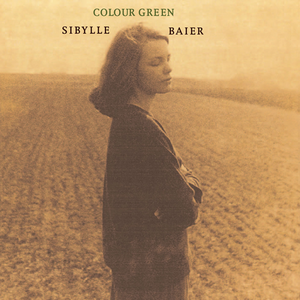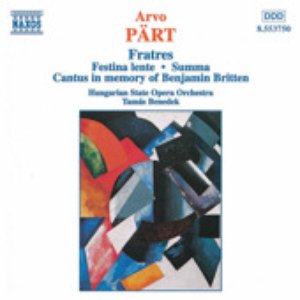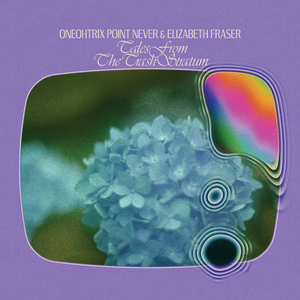Finding rhythmic footing
I’ve been thinking about music in terms of rhythmic footing lately. It’s more of a listener-level concept than a theoretical one, which means it doesn’t have a concrete definition. If you were to call rhythm the skeleton of the music, then perhaps rhythmic footing would be the spine. It’s basically the recurring rhythmic patterns that give a piece of music its sense of structure and forward motion.
Meter plays a role in establishing rhythmic footing, but rhythmic footing is not merely the same as having a consistent meter. Tonight by Sibylle Baier has inconsistent meter, moving between 4/2, 3/2, and 2/2, I believe, but the consistent subunit of a half note gives the song a flow and backbone. The guitar pattern repeats at this duration, too, which masks the irregularity.

In Summa by Arvo Pärt, there is a meter change basically each measure, and no regular rhythmic pattern, but a consistent quarter-note pulse, interrupted irregularly by half notes, creates an expectation you can hold onto as you listen. So the piece has its own kind of rhythmic footing, but perhaps a less stable one.

Music can totally lack rhythmic patterning as well. Someone who I think excels at this is Daniel Lopatin, aka Oneohtrix Point Never. Tales From The Trash Stratum has some sections with internal rhythmic consistency, but it also has parts that are pretty much pure unstructured soundscape. And even when one element has its own rhythmic footing, generally, the focal point of the composition is the greater flow of sound outside that element.

For myself, I often find rhythmic footing kind of vital when I’m composing. Without a defined sense of rhythm, you might come up with a great chord progression or melody and then be at a loss for how to continue.
The power of rhythmic footing is that it can impose a sense of continuation on the music. If you know nothing else about what comes next, you can at least follow the rhythmic pattern and see what else might fit it. So establishing a strong rhythmic footing early, in whatever form that might take, can give you a much better handle on what you’re writing.